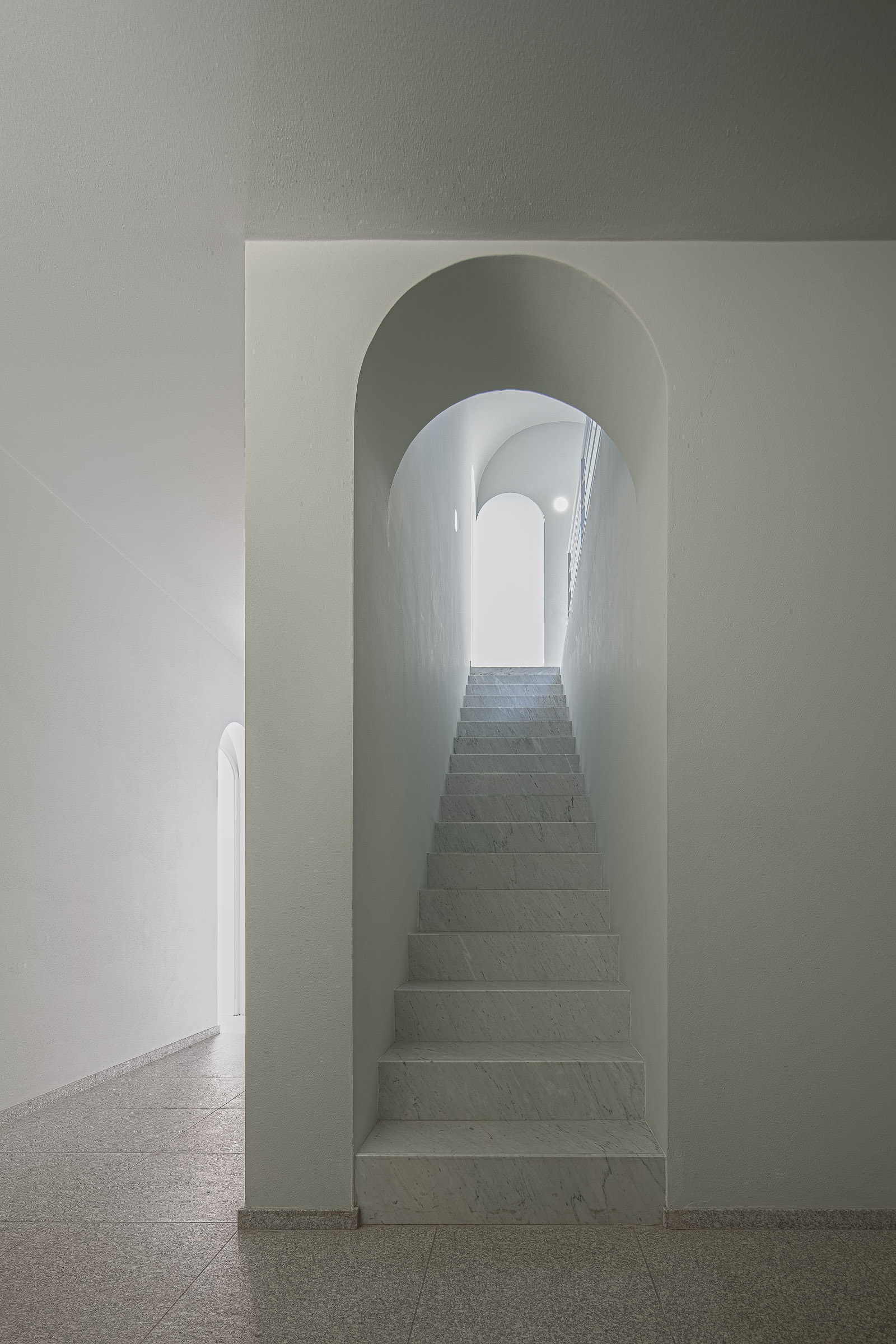Review
Francesco Dal Co
Antonino Cardillo is a 50-year-old architect. Those who, also intrigued by these pages, could only aspire to the privilege of meeting him and still wish to learn about his work, could type www.antoninocardillo.com. Here they will find all the information that, in the opinion of those who have compiled the menu of the site that Cardillo owns, shows what a good, creative and successful architect Cardillo is.
Twenty works are presented on the site; each is accompanied by a text by Cardillo himself explaining the reasons, even before the aims. Alongside Cardillo’s texts are passages from the writings of those who have dealt with his works. There is also no lack of bibliographical indications, which the more indolent readers might at times find pleonastic or overly demanding.
This will probably be the opinion of the majority of those who, after reading what Cardillo has written about it, will take note that to better understand the meaning of the images, reproduced here, of the house he built in Castiglione delle Stiviere, in the province of Mantua, his advice to read in parallel Friedrich Hegel’s Grundlinien der Philisophie des Rechts, a tormenting puzzle, is not one to be taken lightly.
But what might resemble an invitation to torture addressed by Cardillo to the visitors of Elogio del grigio (this is the name of the house he built in Castiglione delle Stiviere) is actually not a suggestion, but a programmatic statement.
Cardillo’s work, in fact, occupies the interval in which the improbable becomes verisimilar, fiction stitches together the real and the unreal, appearance coincides with form, exaggeration unites means and ends. It is pointless to attempt to identify the models Cardillo uses in outlining his works, the references that can be found in them, and thus repeat the tired interpretative exercises already done by those who have dealt with them.
Each of his designs is so similar to a theatrical staging that it cannot bear comparison with reality. The spaces he imagines or designs are defined by wings. The characteristic colours and textures with which he connotes them have only one common denominator: nuance.
The stages, whether large or small, which he treats with colours belonging to colour palettes devoid of intensity and favouring figures where every transition from straight vertical lines to arches and sometimes softly, are empty.
There are no accumulations, nor objects that recall the presence of other objects; every figure slips out of these spaces where only one protagonist, of irrelevant body weight, is allowed: excess.
This is the legitimate inhabitant of Elogio del grigio, a house that, one might say, demonstrates that it is possible to evade ‘a stubborn prejudice that has hitherto obscured the history of architecture, mortified its dignity and imagination. The prejudice—absolutely one of the most far-fetched, when it is clearly stated—is that the house is built to be lived in’, wrote Giorgio Manganelli, whose irony was certainly not lacking.

Antonino Cardillo, Elogio del grigio, Castiglione delle Stiviere, 2023. Photography: Antonino Cardillo